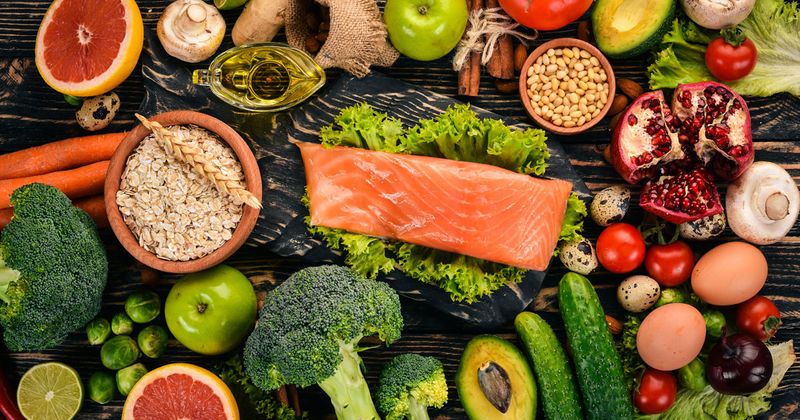Mediterranean diet plus physical activity improves changes in body composition
Key takeaways:
- The intervention reduced more total and visceral fat over a 3-year period vs. a control group.
- It also increased the percentage of total lean mass.
An intervention involving an energy-reduced Mediterranean diet and physical activity promotion reduced total and visceral fat in adults with overweight or obesity and metabolic symptoms, according to a randomized study.
According to Jadwiga Konieczna, PhD, from the Health Research Institute of the Balearic Islands, Spain, and colleagues, certain body composition components like excess visceral fat and muscle mass loss have been associated with the development of obesity-related chronic diseases.

“Thus, effective strategies targeting specific body composition components beyond weight management are warranted to improve health in the long term,” they wrote in JAMA Network Open.
Konieczna and colleagues analyzed outcomes in the ongoing Prevención con Dieta Mediterránea-Plus (PREDIMED-Plus) randomized clinical trial.
In the trial, adults aged 55 to 75 years were exposed to either an intervention of energy-reduced Mediterranean diet and physical activity promotion, or usual care with advice to follow an ad libitum Mediterranean diet but no physical activity promotion.
Of participants included in the analysis, 761 and 760 were assigned to the intervention or control group, respectively.
The researchers found intervention participants had a greater reduction in the percentage of total fat mass vs. their control counterparts, with group differences of:
- –0.94% (95% CI, –1.19 to 0.69) at 1 year; and
- –0.38% (95% CI, 0.64 to 0.12) at 3 years
The intervention group likewise demonstrated a greater reduction in visceral fat storage, with group differences of:
- –126 g (95% CI, 179 to 73.3) at 1 year; and
- –70.4 g (95% CI, 126 to 15.2) at 3 years.
Increases in the percentage of total lean mass were greater in the intervention group, with group differences of:
- 0.88% (95% CI, 0.63-1.12) at 1 year; and
- 0.34% (95% CI, 0.09-0.6) at 3 years.
Participants in the intervention group also were more likely to show improvements of 5% or more in body components after 1 and 3 years of follow-up compared with control participants.
However, these improvements were greater after 1 year than after 3 years for total fat mass (13% vs. 6%), total lean mass (11% vs. 6%) and visceral fat mass (14% vs. 8%).
The researchers additionally noted that for every 12 participants receiving the intervention, one additional participant improved their visceral fat mass by 3 years compared with the control group.
“For percentage fat and percentage lean mass, the number needed to treat was 17,” they wrote.
Konieczna and colleagues said the changes in visceral fat mass in the intervention group did not seem to be independent from changes in total fat mass.
“This could indicate that greater loss of total fat mass over time is necessary to mobilize visceral fat mass storage in older adults with overweight or obesity and metabolic syndrome,” they wrote.
The researchers concluded that further follow-up is needed to determine whether body composition improvements “may be effective in preventing cardiovascular events or mortality."

